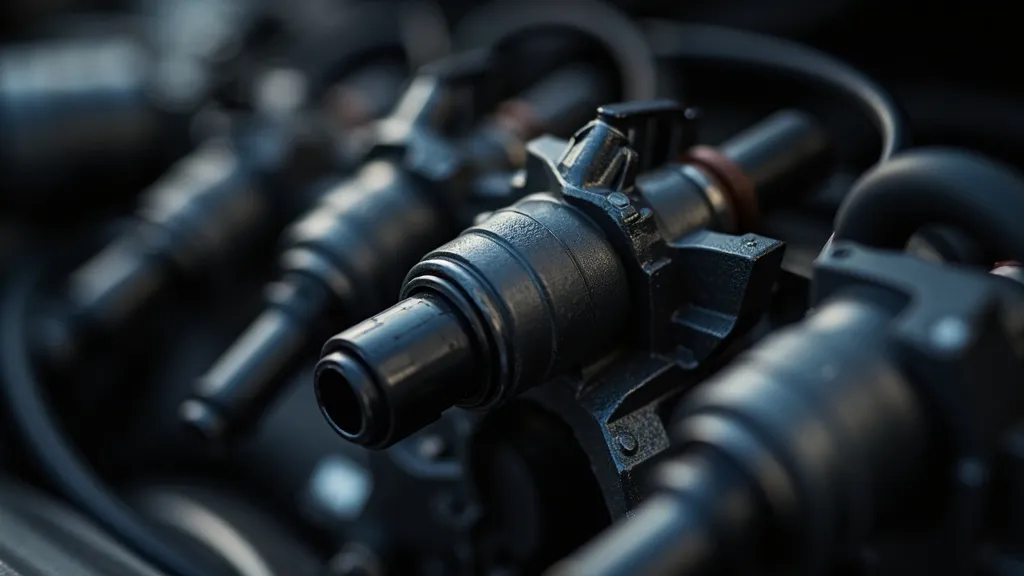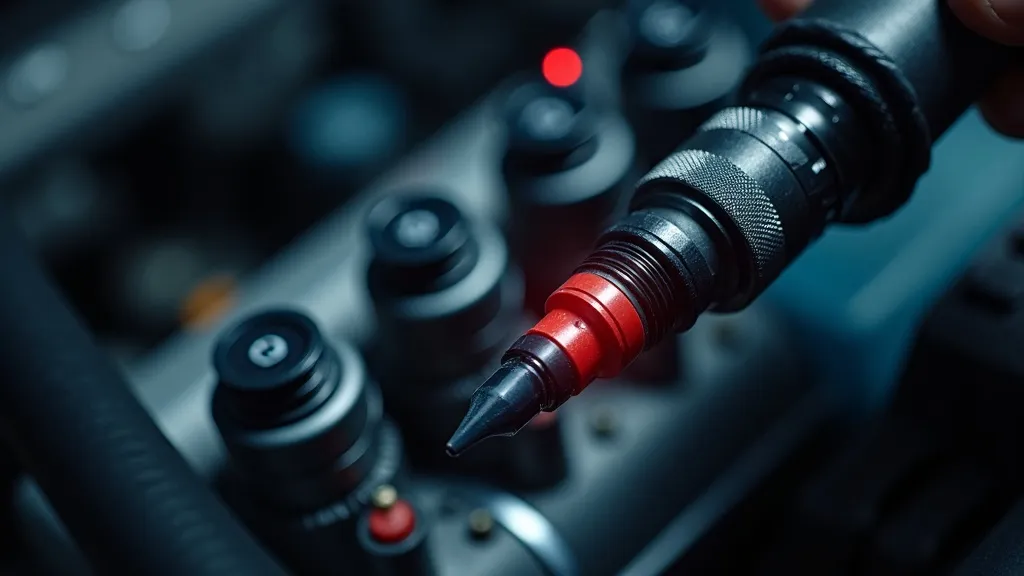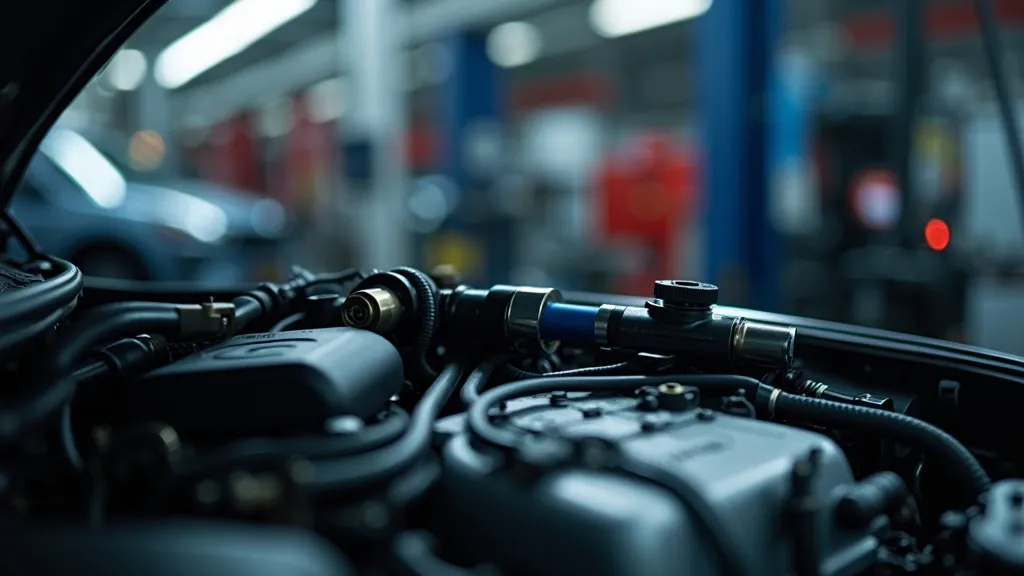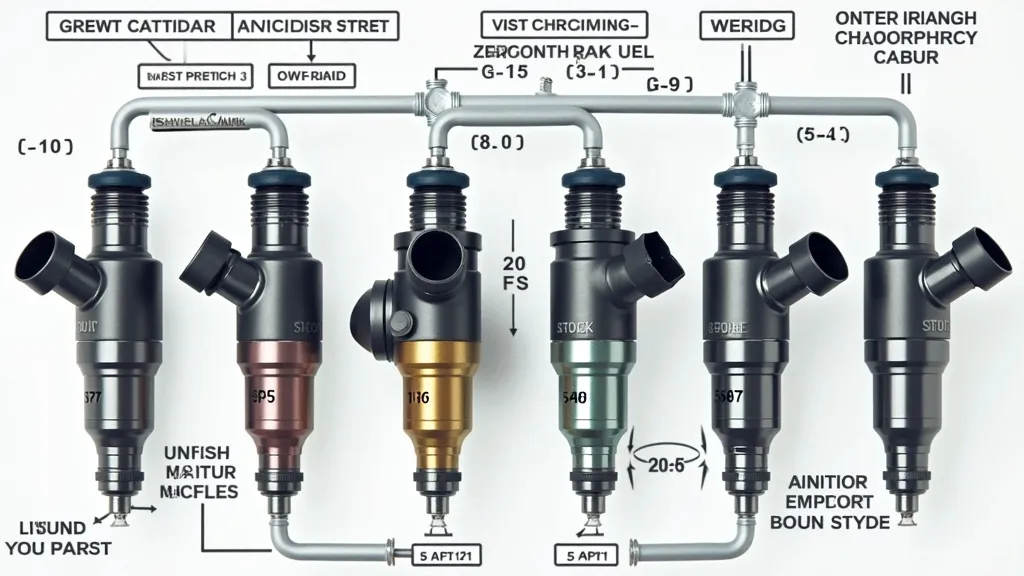Understanding Коррекция Форсунок
Коррекция Форсунок, or injector correction, is a critical process in the maintenance of fuel injection systems. Ensuring that injectors function optimally is crucial for vehicle performance, emissions control, and fuel efficiency. This article explores the intricacies of Коррекция Форсунок, offering insights into the process, benefits, and common practices in the industry.
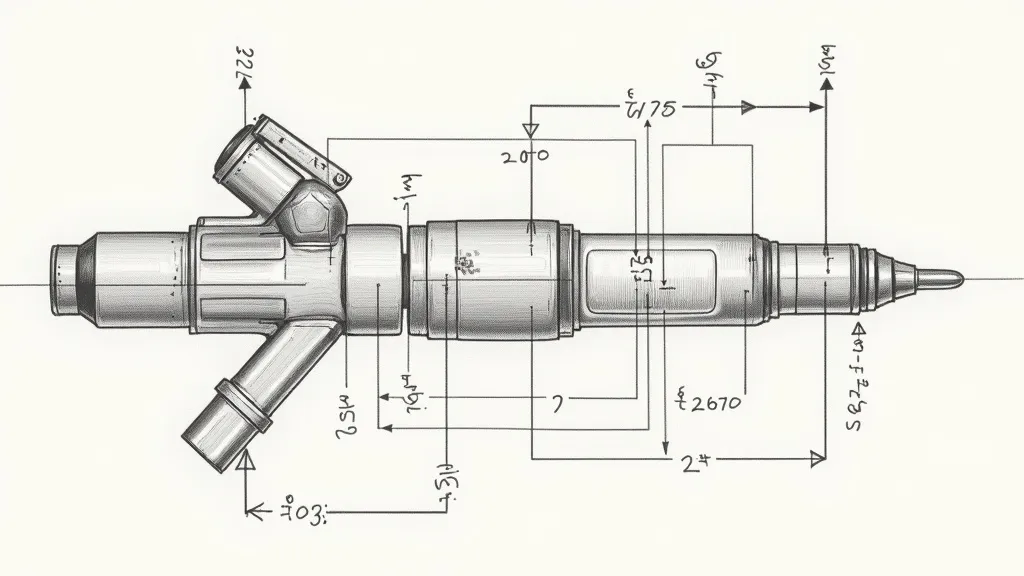
An Introduction to Коррекция Форсунок
Коррекция Форсунок, or injector correction, is an essential aspect of maintaining the efficiency and performance of an engine's fuel injection system. This process involves adjusting and recalibrating fuel injectors to ensure that they deliver the precise amount of fuel needed by the engine under various operating conditions. Proper injector correction is crucial not only for optimal engine performance but also for reducing emissions and improving fuel economy. The fuel injection system is a complex interplay of components that must work together seamlessly to ensure the engine operates efficiently. Therefore, understanding the nuances of injector correction can significantly impact the longevity and functionality of a vehicle.
The Importance of Injector Correction
The role of fuel injectors is pivotal in modern engines, as they are responsible for delivering fuel into the combustion chamber at the right moment and in the correct quantity. Over time, injectors can become clogged or misaligned due to various factors, including fuel quality, contaminants, and wear and tear. Such issues lead to inefficiencies such as poor fuel economy, increased emissions, and reduced engine performance. Коррекция Форсунок addresses these issues by fine-tuning the injector's parameters to restore their original performance levels. This correction not only enhances engine efficiency but also aids in maintaining compliance with emissions regulations, making it a vital service for both individual vehicle owners and fleet operators.
How Injector Correction Works
Injector correction typically involves several key steps:
- Diagnosis: Advanced diagnostic tools are used to assess the performance of each injector. This includes measuring fuel flow rates, spray patterns, and response times. Diagnostics may also involve checking for leaks or blockages that could affect performance.
- Adjustment: Based on the diagnostic results, adjustments are made to the injector's calibration settings to ensure precise fuel delivery. This may involve recalibrating the injector's pulse width, timing, and pressure settings to match the engine's specifications.
- Testing: After adjustments, the injectors are tested again to verify improvements and ensure compliance with engine specifications. This may include running the engine under various conditions to ensure that the injectors perform optimally across all scenarios.
Each of these steps is critical in the injector correction process, ensuring that the injectors not only function correctly but also contribute positively to the overall performance of the engine.
Benefits of Proper Коррекция Форсунок
The benefits of regular and precise injector correction are manifold. Engine performance is improved, leading to smoother acceleration and power delivery. Fuel efficiency is enhanced, reducing overall fuel costs. Moreover, by ensuring optimal combustion, emissions are minimized, contributing to a cleaner environment. Additionally, regular injector correction can help prevent more severe engine problems down the line, saving vehicle owners from costly repairs. An efficient fuel injection system also leads to quieter engine operation, providing a more pleasant driving experience. For those who prioritize vehicle longevity, investing in injector correction can yield significant returns.
Industry Insights and Practices
In the automotive industry, injector correction is a standard practice among professional mechanics and service centers. It is typically recommended as part of routine maintenance, especially for high-mileage vehicles or those experiencing performance issues. The process requires specialized equipment and expertise, underscoring the importance of seeking professional services for injector correction. Many service centers are now equipped with advanced diagnostic tools that not only assess injector performance but also allow for real-time adjustments to be made. This technology enables mechanics to deliver precise corrections, adapting to the unique needs of each vehicle.
Furthermore, with the rise of electric and hybrid vehicles, the landscape of injector correction is also evolving. Technicians must adapt to different systems and understand how fuel injectors interact with electric propulsion systems. As technology advances, so does the need for continuous education and training of mechanics to ensure they are proficient in the latest injector correction techniques.
Common FAQs about Коррекция Форсунок
- How often should injector correction be performed? It depends on the vehicle's mileage and performance issues. Generally, it is advisable to have injectors checked during regular service intervals, typically every 30,000 to 50,000 miles, depending on the vehicle and driving conditions.
- Can injector correction improve fuel economy? Yes, by ensuring optimal fuel delivery, injector correction can lead to significant improvements in fuel efficiency. Drivers may notice a decrease in fuel consumption and an increase in the distance covered per tank of fuel.
- Is injector correction necessary for all types of vehicles? While more critical for diesel engines, injector correction is beneficial for all vehicles with fuel injection systems. Gasoline engines can also suffer from injector-related issues, making regular checks essential.
- What signs indicate that injector correction might be needed? Common signs include rough idling, decreased fuel economy, engine misfires, and increased emissions. If a vehicle exhibits any of these symptoms, it may be time to have the injectors assessed.
- Can injector correction be done at home? While some DIY enthusiasts may attempt basic cleaning of injectors, proper correction requires specialized tools and knowledge. It is recommended to seek professional help for accurate results.
Table: Injector Correction Process
| Step | Description |
|---|---|
| Diagnosis | Using tools to assess injector performance metrics, including flow rates and spray patterns. |
| Adjustment | Calibrating injectors based on diagnostic results, ensuring optimal performance. |
| Testing | Verifying improvements post-adjustment by conducting performance tests. |
Additional Considerations for Injector Maintenance
While Коррекция Форсунок plays a crucial role in maintaining fuel injector performance, there are additional measures vehicle owners can take to prolong the life of their injectors. Regularly using high-quality fuel can minimize the buildup of deposits that can clog injectors. Fuel additives designed to clean injectors can also be beneficial, especially for older vehicles that may have accumulated deposits over time.
Moreover, keeping an eye on the vehicle's overall maintenance can help prevent injector issues. Regular oil changes, air filter replacements, and timely servicing can contribute to a cleaner and more efficient fuel system. Engine tuning and monitoring of engine performance can also alert drivers to potential issues before they escalate into major problems.
The Future of Injector Technology
As automotive technology continues to evolve, so does the field of fuel injection and injector correction. The introduction of direct fuel injection systems has already transformed how engines deliver fuel, allowing for greater efficiency and power. Future advancements may include enhanced injector designs that feature more precise control mechanisms, potentially incorporating electronic controls that adjust injector performance in real-time based on driving conditions.
Research is ongoing into alternative fuels and their impact on injector performance. For instance, engines that run on biofuels or hydrogen may require different injector designs and correction methods. As the industry moves towards sustainability, understanding how to optimize injectors for these new fuel types will be crucial.
Conclusion
Коррекция Форсунок is an indispensable service for maintaining vehicle performance and efficiency. By understanding its importance and process, vehicle owners can ensure their engines run smoothly and economically. The benefits extend beyond mere performance enhancements; they include environmental advantages and cost savings over time. For those seeking to optimize their vehicle's fuel injection system, professional injector correction is a worthwhile investment. As the automotive landscape continues to change, staying informed about injector technology and maintenance will empower vehicle owners to make the best decisions for their cars.






